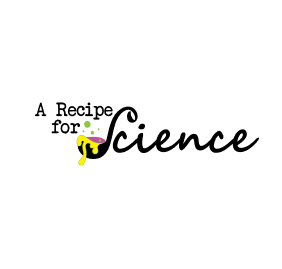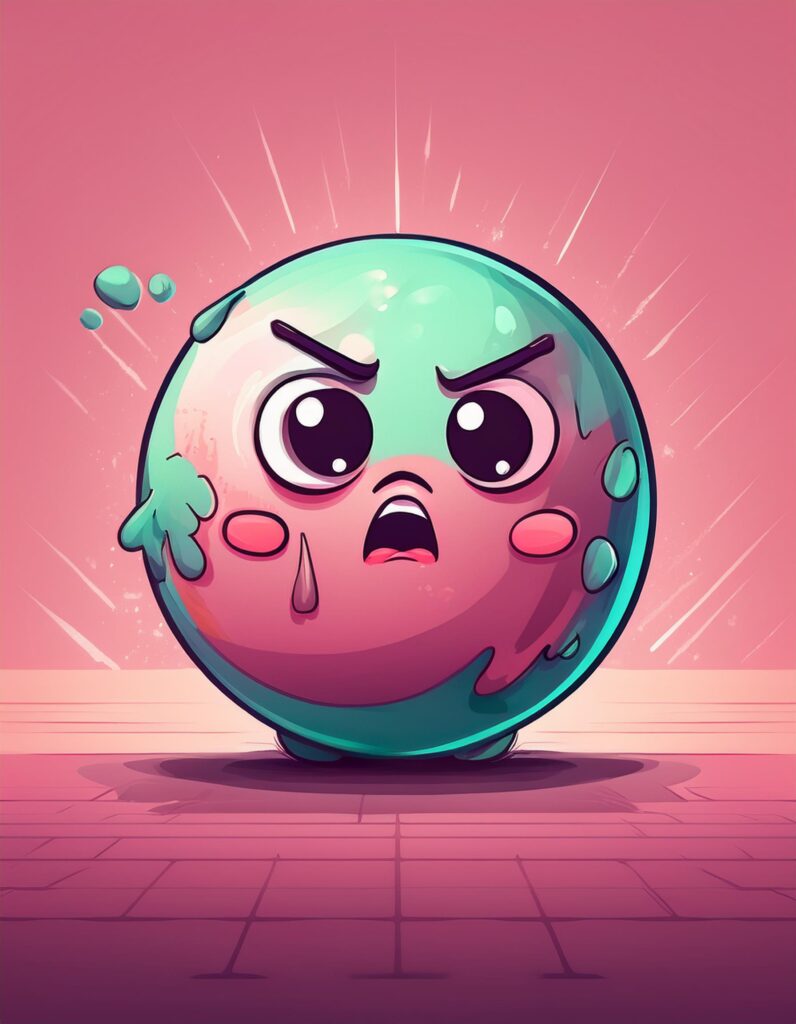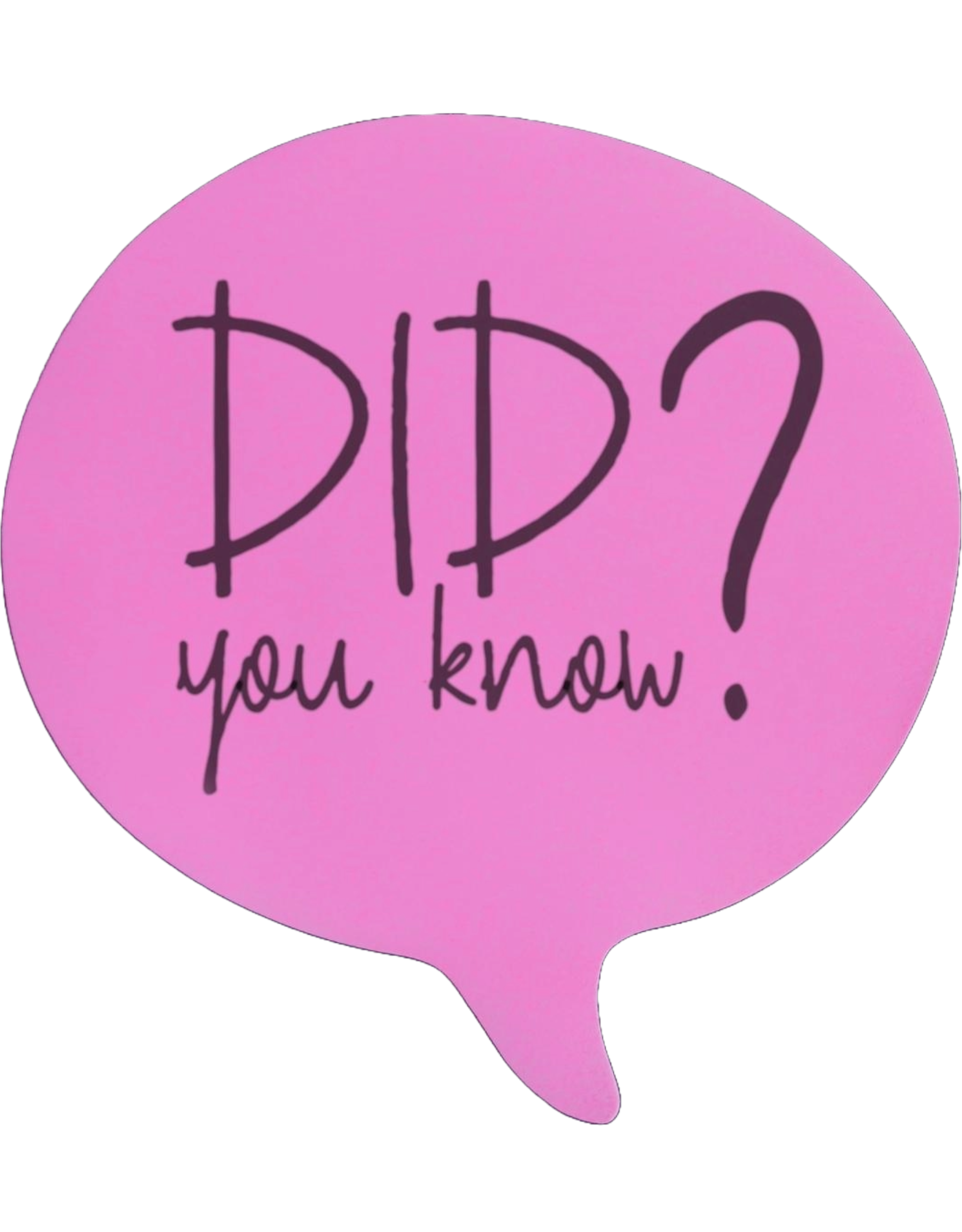



Ever played with something that’s both a liquid and a solid? Meet oobleck—a non-Newtonian fluid that behaves in the most surprising ways! This hands-on sensory science experiment lets kids turn this goopy mixture into a squishy stress ball they can squeeze, stretch, and explore. It’s messy, it’s magical, and it’s the perfect blend of science and sensory play.
With just a few simple ingredients, kids can dive into the fascinating world of chemistry and physics—all while making a fun DIY stress ball. Perfect for curious minds who love experimenting with textures, engaging in sensory science, and getting hands-on!
Whether you’re looking for an easy kitchen science project, a rainy-day activity, or a way to teach kids about non-Newtonian fluids, this oobleck stress ball experiment is a hit every time.
Through this exciting oobleck activity, kids will explore:
This sensory science experiment is a great opportunity for hands-on STEM learning and encourages kids to make predictions, test ideas, and explore scientific concepts through play.
Oobleck isn’t just messy fun—it’s a window into real scientific principles! Kids get to see how pressure can change the properties of a substance, helping them understand more about states of matter and the amazing behaviors of non-Newtonian fluids.
Plus, creating a stress ball adds a practical twist, turning this science experiment into a reusable tool that kids can squeeze whenever they need to relax. It’s also a fantastic way to strengthen fine motor skills and encourage sensory play, making it ideal for both science enrichment and calming activities.
Quick Facts
- Time Needed: 20–30 minutes
- Difficulty Level: Easy
- Best For: Ages 5–11 (elementary school kids)
- Science Type: Physics (and Chemistry)
- Mess Level: Moderate
- Materials Needed:
- Cornstarch
- Water
- Food coloring (optional)
- Balloons
- Funnel or spoon
- Mixing bowl
Tip: Most of these supplies are common kitchen items, making this an easy and budget-friendly project.
Oobleck is a non-Newtonian fluid, which means it doesn’t follow the normal rules of how liquids behave. When you apply pressure—like squeezing or tapping—it acts like a solid. But when you let it sit or move it slowly, it flows like a liquid.
This is because of how the cornstarch particles suspend in the water. When force is applied, the particles lock together, making the mixture feel solid. But when there’s no force, the particles slide past each other, turning it back into a liquid.
By stuffing oobleck into a balloon, kids can still feel these changes as they squeeze and stretch their DIY stress ball. It’s sensory science that you can literally hold in your hand!
Fun Fact Corner

In 2011, scientists filled a pool with oobleck, and people were able to run across it—if they kept moving fast enough! But if they stopped, they’d sink right in.
Ask your child: “What do you think would happen if you froze oobleck? Would it act more like a liquid or a solid?”
Grab your popsicle sticks and start building! This simple catapult is more than just a fun activity—it’s an exciting way to sneak science into playtime.
Pin it for later or share it with a fellow science-loving parent!
Share your results with us on social media @arecipeforscience



Looking for more sensory science experiments? Check out our How to Make Fluffy Slime or explore our full library of hands-on activities that make science exciting and accessible at home.
This fun experiment falls under Physics, specifically Mechanics. Let’s find out a little more about both.

Imagine the universe as a giant puzzle. Every falling apple, bouncing ball, or beam of sunlight is a clue. Physics is the science that helps us put those clues together to understand how the world works. It’s like solving nature’s ultimate mystery—asking questions like:
At its core, physics explores matter, energy, force, and motion—the fundamental building blocks of everything around us. From the tiniest particles to the vastness of space, physics is the roadmap that explains it all.
Check out more Physics experiments.
You might not realize it, but physics is everywhere. It’s not just something that lives in textbooks or science labs—it’s part of your everyday life.
Here’s how you interact with physics every single day:
Whether it’s investigating volcanoes, hurricanes, or even space rocks, there’s always something new and exciting to explore!
Understanding physics helps us:
Physics is a vast field with many branches that dive deep into different parts of nature’s puzzle. Here are some of the key subfields:
Rheology is a subfield of physics that focuses on how materials flow and deform. It’s not just about liquids like water or oil—rheology also studies materials that don’t behave like typical solids or liquids. Think slime, honey, oobleck, and even toothpaste!
Unlike water, which flows smoothly, some materials act like both solids and liquids depending on the force applied. This is where rheology shines—explaining why ketchup sometimes refuses to leave the bottle or how cornstarch and water mix to create oobleck, a substance that hardens when squeezed but flows when left alone.
Rheology plays a big role in industries like food production, cosmetics, and construction. It helps scientists design everything from creamy lotions to the perfect pancake batter. Even the way lava flows from a volcano or how blood moves through our veins falls under rheology.
At home, kids can explore rheology through simple experiments—like making slime, stretching putty, or creating oobleck—to see firsthand how pressure and force affect different materials.
Rheology plays a big role in industries like food production, cosmetics, and construction. It helps scientists design everything from creamy lotions to the perfect pancake batter. Even the way lava flows from a volcano or how blood moves through our veins falls under rheology.
At home, kids can explore rheology through simple experiments—like making slime, stretching putty, or creating oobleck—to see firsthand how pressure and force affect different materials.
Click here for the full experiment details. Checkout the main website: One Little Project
Get experimenting!
Feed your knowledge.
Come back for more recipes for science!